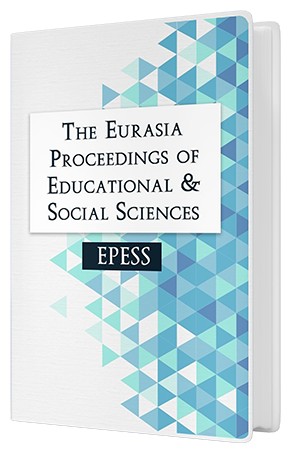Boosting Learning Interest in Phase F Marketing Students with Eko and Nomi Comics: Teaching Scarcity and Basic Economic Problems
DOI:
https://doi.org/10.55549/epess.860Keywords:
Comic based learning, Economics education, Research and development, Media in educationAbstract
Media are an important part of learning process. Choosing and using the right media should be done carefully to ensure that learning goals are met successfully. This research aimed to develop an engaging and effective comic-based learning media to enhance students' interest in learning Economics and General Administration, particularly on the topic of scarcity and basic economic problems for Phase F of Vocational High School (SMK) with Marketing Expertise Competency. The method used was Research and Development (R&D) with a Borg and Gall. The developed Eko and Nomi comic was designed using Pixton and Canva applications to effectively integrate visual and textual elements. This research aimed to determine: (1) the feasibility of digital comic-based learning media and (2) the practicality of the media was analyzed based on the results of the questionnaire filled out by the students. The subjects of this research were 66 students in the Phase F Marketing program and 3 validators. Data collection was conducted using observation, interviews, and questionnaires. The instruments used included a product feasibility questionnaire and a student response questionnaire. The results of the research showed that the feasibility tests by media and content experts, scores of 74.5% categorized as valid and 87.87% categorized as very valid were obtained, respectively. Thus, the average feasibility test score by experts was 81.18%, categorized as very valid. The practicality test was derived from the students' responses, with an average score of 80.09%, categorized as practical.
Downloads
Published
Issue
Section
License
Copyright (c) 2024 The Eurasia Proceedings of Educational and Social Sciences

This work is licensed under a Creative Commons Attribution 4.0 International License.
The articles may be used for research, teaching, and private study purposes. Any substantial or systematic reproduction, redistribution, reselling, loan, sub-licensing, systematic supply, or distribution in any form to anyone is expressly forbidden. Authors alone are responsible for the contents of their articles. The journal owns the copyright of the articles. The publisher shall not be liable for any loss, actions, claims, proceedings, demand, or costs or damages whatsoever or howsoever caused arising directly or indirectly in connection with or arising out of the use of the research material. All authors are requested to disclose any actual or potential conflict of interest including any financial, personal or other relationships with other people or organizations regarding the submitted work.




